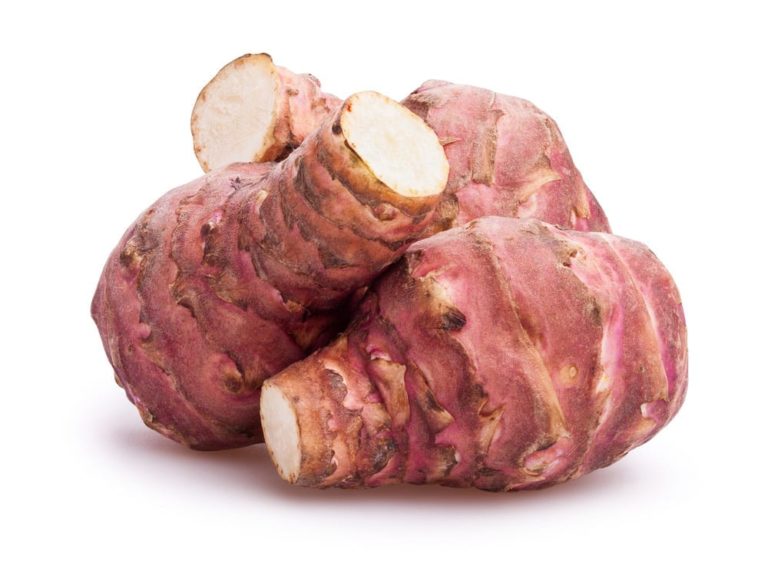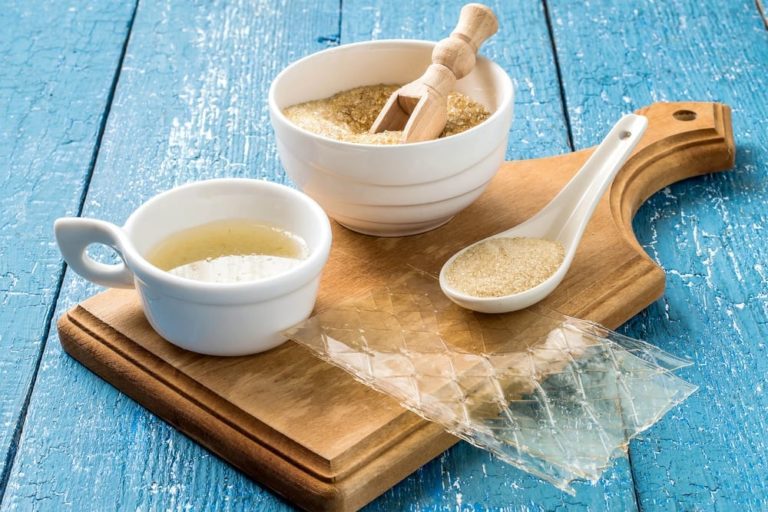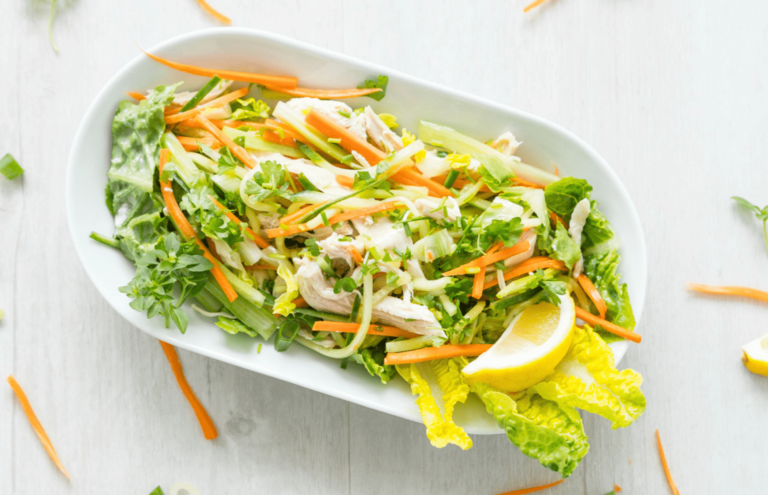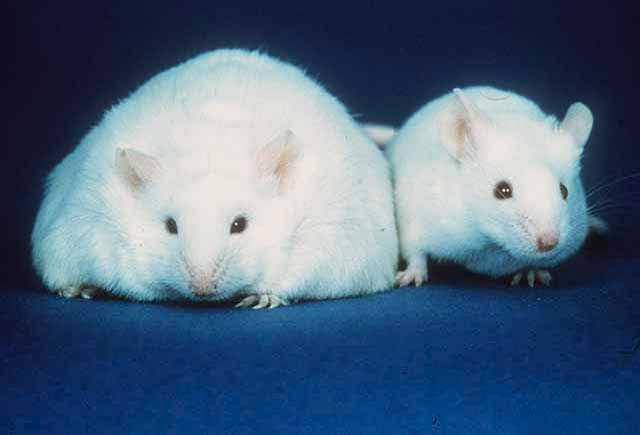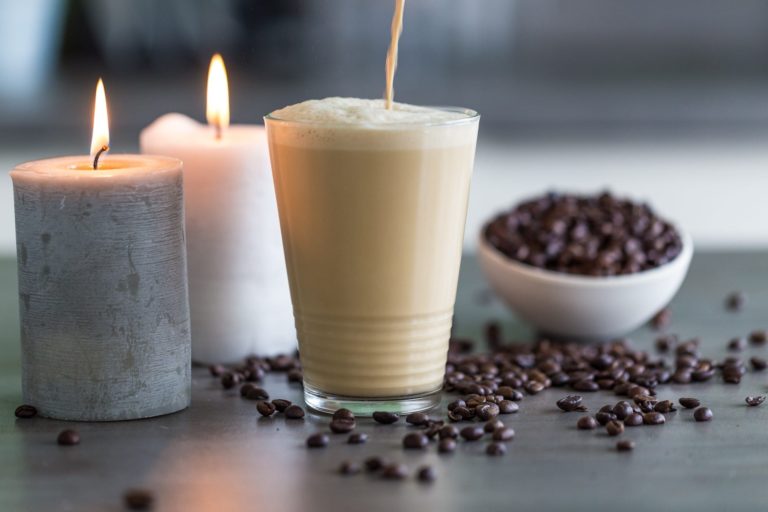Which foods are suitable for the ketogenic diet and which you should rather not pack in your shopping bag, we would like to summarize for you in this article.
Meals on the keto diet are composed primarily of lots of fresh vegetables, some fruit, high-quality fats, and good sources of protein. But are all foods allowed for the ketogenic diet in general? Or are there exceptions? What should you pay attention to? Can I eat any vegetable? Or are some varieties more suitable than others? And what about fruit? What are the best sources of fat, protein and carbohydrates? Are dairy products on the menu in the ketogenic diet? Are there enough choices of ketogenic foods for vegans and vegetarians? We give you the right answers to all these questions!
Food for the ketogenic diet in video format
A very large percentage of the food consumed for the ketogenic diet comes from the vegetable shelf. However, not all vegetables are the same. In order not to exceed the maximum amount of 30 g of carbohydrates per day, it is necessary to be clear about which varieties are more and which are less suitable for a ketogenic diet. As a rough rule, green vegetables – such as cucumber or lettuce – tend to be low in carbohydrates, while more colorful forms and root vegetables – such as tomatoes or carrots – tend to be higher in carbohydrates. Of course, you can – and should – eat vegetables in every color imaginable! The only important thing to know is that not every variety is suitable for eating huge amounts of it without endangering ketosis.
In our article on vegetables, we made you a list of how many vegetables you can eat on a ketogenic diet.
Du möchtest dich auch gesünder ernähren?
When choosing fruit during a ketogenic diet, you have to be a little more careful, as fruit tends to contain a lot of carbohydrates. Tropical fruits reach the maximum amount of carbohydrates you can eat without going out of ketosis, even in very small amounts. Mango, pineapple and co. are therefore unfortunately not so suitable. Very well, on the other hand, you can eat berries without jeopardizing ketosis – from raspberries to blueberries and strawberries, everything is allowed. Also for fruits we have created a list that can help you estimate how much fruit you can eat on a ketogenic diet.
The macronutrient fat provides the largest proportion of energy in a keto diet. It is very important that these fatty foods contain high-quality saturated, as well as monounsaturated and polyunsaturated fatty acids. Pasture-raised butter, virgin coconut oil, olive oil, nuts, fatty sea fish and avocados are foods that have these properties and therefore should definitely be the preferred sources of fat.
If you want to know more about fat, these two articles are for you:
The best sources of fat
All about omega-3 fatty acids
In a ketogenic diet, protein amounts are moderate – it is not a “high-protein” option. Meat, fish and eggs are excellent foods, and good quality is a prerequisite for providing the body with high-quality proteins. Alternatively, dairy products (high fat content and good quality) or protein powder can be used. However, these alternatives should not be the first choice of foods to meet protein needs. However, they are suitable for vegetarians, for example.
Carbohydrates are also on the menu in a ketogenic diet. However, the proportion is very small with a maximum of 30 g. The foods that cover these quantities are mainly vegetables, fruits, dairy products and eggs.
If you want to eat a ketogenic diet, you are welcome to put dairy products in your shopping cart. It is important to choose the high-fat varieties and in any case not to use sweetened products. Dairy products also contain carbohydrates. Therefore, be careful not to cover too much of the allowed amount of carbohydrates with dairy products. Rather, the preferred foods for this should be plenty of vegetables and some fruit.
Admittedly, at first glance, the “classic” keto diet may contain relatively many animal products. However, it is perfectly possible to eat a ketogenic diet even as a vegetarian. Suitable foods include many vegetables and soft fruits, as well as dairy products, eggs and high-quality protein powders, and healthy fats from olives, avocados or nuts.
By the way, Foodpunk also offers a vegetarian keto challenge. Through the many recipes, you will definitely not lack ideas for suitable food here!
Always stay up to date with our Newsletter.
If you’d like to read even more about the ketogenic diet, check out our article, “All About Ketogenic Nutrition.”
You can watch some videos with the most important facts about the keto diet in the linked article.
You want it to be your own ketogenic diet plan? Whether vegetarian or not? Here you can find our nutrition plans.
Image: Shutterstock.com/Baloncici


